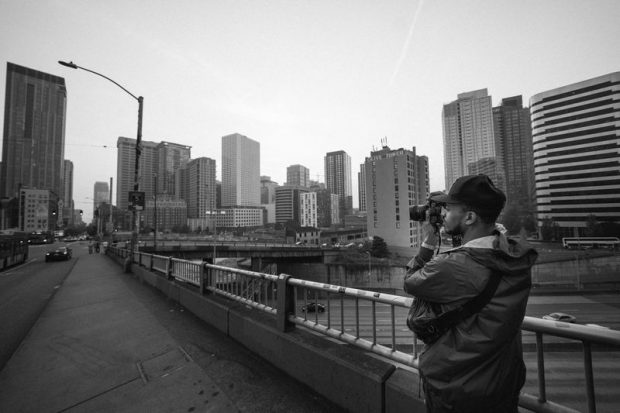Framing Streets for Beginners
Framing Streets for Beginners
Blog Article
See This Report about Framing Streets
Table of Contents4 Simple Techniques For Framing StreetsThe Only Guide to Framing StreetsOur Framing Streets PDFsIndicators on Framing Streets You Need To KnowSome Of Framing StreetsThe 15-Second Trick For Framing Streets
, generally with the objective of capturing images at a crucial or emotional moment by careful framework and timing. https://framingstreets1.edublogs.org/2024/01/10/framing-streets-mastering-the-art-of-street-photography/.
Our Framing Streets Diaries
Susan Sontag, 1977 Road digital photography can focus on people and their habits in public. In this regard, the street digital photographer is comparable to social documentary photographers or photographers who also operate in public places, yet with the aim of capturing relevant occasions. Any of these digital photographers' pictures might catch individuals and home visible within or from public areas, which commonly requires browsing honest concerns and legislations of personal privacy, safety and security, and residential or commercial property.
Representations of day-to-day public life form a style in practically every duration of globe art, starting in the pre-historic, Sumerian, Egyptian and very early Buddhist art durations. Art dealing with the life of the road, whether within views of cityscapes, or as the dominant concept, appears in the West in the canon of the North Renaissance, Baroque, Rococo, of Romanticism, Realistic look, Impressionism and Post-Impressionism.
Framing Streets Things To Know Before You Buy
Louis Daguerre: "Blvd du Temple" (1838 or 1839) In 1838 or 1839 the very first picture of numbers in the street was tape-recorded by Louis-Jacques-Mand Daguerre in among a set of daguerreotype views taken from his studio window of the Blvd du Temple in Paris. resource The 2nd, made at the height of the day, reveals an uninhabited stretch of street, while the other was taken at about 8:00 am, and as Beaumont Newhall records, "The Boulevard, so constantly filled up with a moving throng of pedestrians and carriages was flawlessly solitary, except a person that was having his boots cleaned.
, who was inspired to undertake a comparable documentation of New York City. As the city developed, Atget aided to advertise Parisian roads as a deserving topic for photography.

Excitement About Framing Streets
Martin is the initial tape-recorded professional photographer to do so in London with a masked cam. Mass-Observation was a social research organisation established in 1937 which aimed to record everyday life in Britain and to videotape the responses of the 'man-in-the-street' to King Edward VIII's abdication in 1936 to marry separation Wallis Simpson, and the succession of George VI. Andre Kertesz.'s extensively appreciated Images la Sauvette (1952) (the English-language edition was titled The Definitive Moment) promoted the concept of taking a photo at what he described the "decisive minute"; "when form and material, vision and composition merged right into a transcendent whole" - Street photography.
The Only Guide to Framing Streets
, then a teacher of young kids, associated with Evans in 193839.'s 1958 publication,, was considerable; raw and usually out of emphasis, Frank's photos questioned traditional digital photography of the time, "tested all the official rules laid down by Henri Cartier-Bresson and Pedestrian Evans" and "flew in the face of the wholesome pictorialism and heartfelt photojournalism of American publications like LIFE and Time".
Report this page